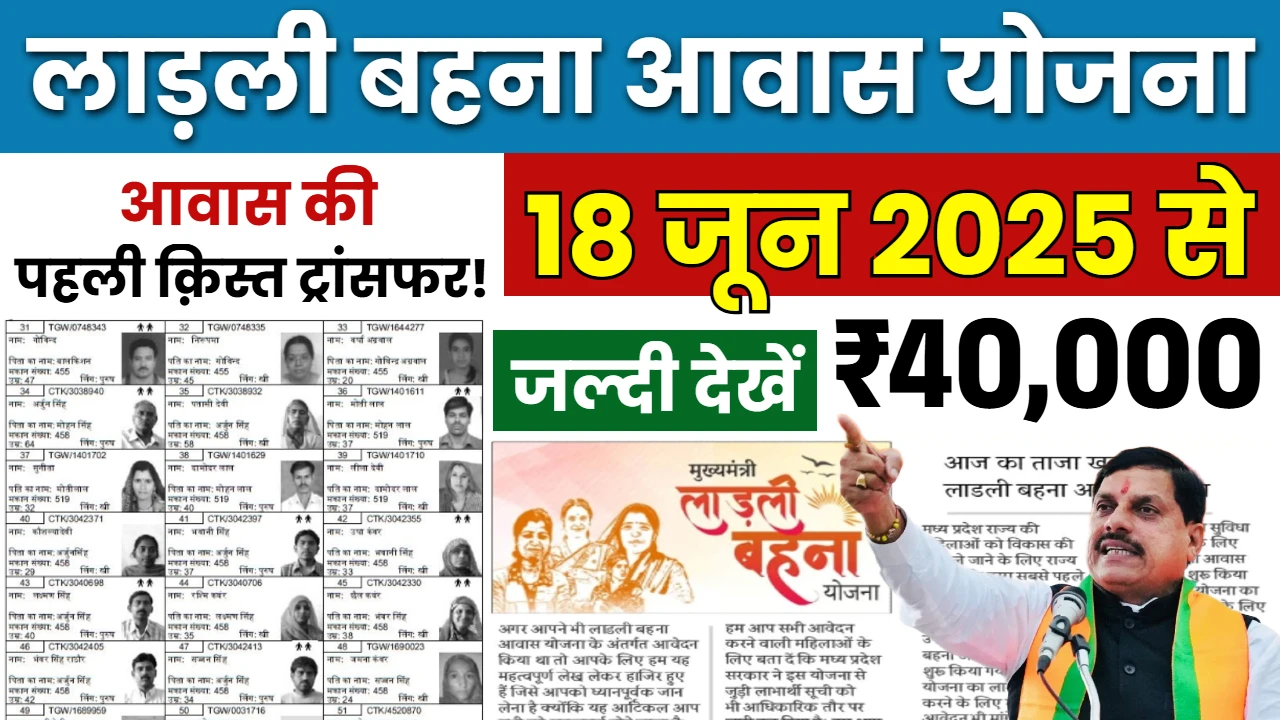$1000 Stimulus Payments in June 2025: Pennsylvania has launched an expanded financial assistance program offering up to $1000 in stimulus payments to eligible residents struggling with housing costs. Under Governor Josh Shapiro’s leadership, the state has significantly increased its Property Tax/Rent Rebate Program from a previous maximum of $650 to $1000. This enhancement represents the state’s commitment to helping vulnerable populations cope with rising living expenses and inflationary pressures affecting daily essentials.
The program serves as a crucial lifeline for Pennsylvania’s most vulnerable residents, including senior citizens, individuals with disabilities, and widowed persons who often live on fixed incomes. Applications opened on January 16, 2025, and the program is funded through Pennsylvania Lottery and gaming revenues. This financial support directly addresses the growing challenge of housing affordability that many Pennsylvania families face in today’s economic climate.
Eligibility Requirements and Qualifying Criteria
To qualify for the $1000 stimulus payment, applicants must meet specific age and residency requirements. Eligible individuals include Pennsylvania residents who are 65 years or older, people with disabilities aged 18 and above, and widows or widowers aged 50 or older. These age-based criteria ensure that the program targets those most likely to face financial hardships due to limited earning potential or fixed incomes.
The household income limit has been set at $45,000 annually, with only half of Social Security income counting toward this threshold. This provision effectively raises the income ceiling for many recipients who rely on Social Security benefits. Additionally, applicants must be current Pennsylvania residents and provide proof of their residency status during the application period. The income requirements are now tied to cost-of-living adjustments, meaning future eligibility thresholds will adapt to economic changes to prevent qualified individuals from losing benefits due to inflation.
Payment Structure and Amount Distribution
The stimulus payment amounts vary based on household income levels, ensuring that those with the greatest financial need receive the most substantial assistance. Households earning between $0 and $8,000 annually are eligible for the full $1000 payment. Those with incomes ranging from $8,001 to $15,000 can receive up to $770, while families earning $15,001 to $18,000 may qualify for $460. Households with incomes between $18,001 and $45,000 are eligible for $380 in assistance.
Residents of Philadelphia, Scranton, and Pittsburgh who earn $30,000 or less may qualify for additional supplemental rebates of up to $1,500. These supplemental payments are automatically calculated for eligible recipients whose property taxes exceed 15 percent of their total income. This tiered approach ensures that the program provides targeted relief where it is needed most while maximizing the impact of available funding.
Application Process and Important Deadlines
The standard application deadline is June 30, 2025, though the Pennsylvania Department of Revenue typically extends this to December 31, 2025, if sufficient funding remains available. Applicants can submit their applications through multiple channels, including the online myPATH system at the Pennsylvania Department of Revenue website or through traditional paper applications.
Required documentation includes proof of age, disability status where applicable, income verification, and residency confirmation. Renters must provide a Pennsylvania Rent Certificate certified by their landlord or property owner, while homeowners need documentation of property tax payments made during 2024. The Department of Revenue begins processing applications in spring, with approval notifications starting in June and payments beginning after July 1, 2025.
Program Impact and Distribution Timeline
The expanded program is expected to serve approximately 175,000 additional Pennsylvania residents compared to previous years, bringing the total number of beneficiaries to over 600,000. In 2024, the program distributed over 522,000 rebates totaling $319 million, representing a significant increase from the $192 million distributed in 2022. This growth demonstrates both the program’s success and the increasing need for housing assistance among Pennsylvania’s vulnerable populations.
Payments are distributed through direct deposit for online applicants or paper checks for those who prefer traditional methods, with most rebates processed within 4-6 weeks of application approval. The Pennsylvania Department of Revenue provides a “Where’s My Rebate?” online tracking tool that allows applicants to monitor their application status throughout the process.
Economic Significance and Community Benefits
This stimulus program represents more than individual financial relief; it serves as an economic stimulus that benefits entire communities. When recipients spend their rebate payments on goods and services, it creates a multiplier effect that supports local businesses and strengthens regional economies. The program particularly benefits areas with high concentrations of senior citizens and individuals with disabilities, where housing costs often consume disproportionate portions of household budgets.
The initiative reflects Pennsylvania’s proactive approach to addressing economic inequality and supporting residents who contribute to their communities despite facing financial challenges. By providing direct financial assistance for housing-related expenses, the program helps ensure that vulnerable populations can remain in their homes and maintain their quality of life during economically challenging times.
Disclaimer: This article provides general information about Pennsylvania’s Property Tax/Rent Rebate Program based on publicly available sources. Program details, eligibility requirements, payment amounts, and deadlines may change based on state legislation and administrative decisions. Potential applicants should verify current program details by visiting the official Pennsylvania Department of Revenue website at revenue.pa.gov or calling 1-888-222-9190. Individual circumstances may affect eligibility and payment amounts. This information should not be considered as financial or legal advice.




















